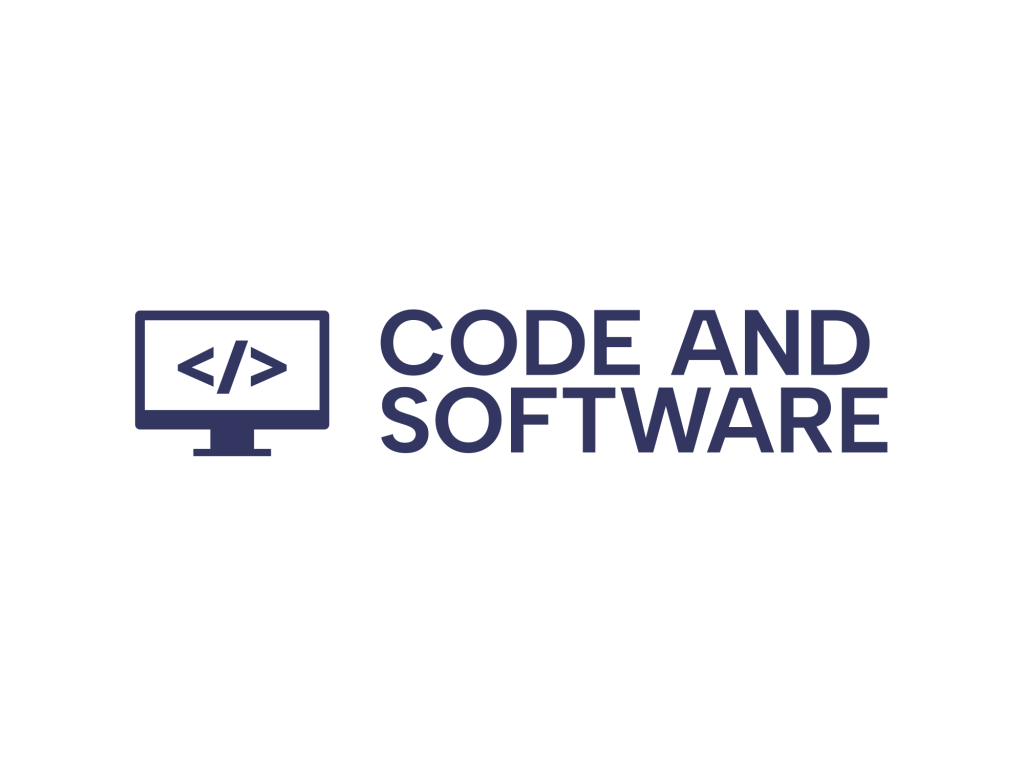Think of your hosting vendor like the foundation of your house. If it’s not strong, your entire website can crumble. That’s why doing a vendor audit is so important. It ensures your hosting provider is meeting security rules and keeping your data safe.
But don’t worry — auditing doesn’t have to be scary or complex. Let’s break it down step by step and make this easy and even a little fun.
Step 1: Know Why You’re Auditing
Start with your goals in mind.
- Are you checking security practices?
- Want to stay compliant with laws like GDPR or HIPAA?
- Need to evaluate their performance or uptime?
Having clear reasons will help you ask the right questions.
Step 2: Request Their Documents
This is the detective work phase. Ask your vendor for key documents. Look for:
- SOC 2 report (for security controls)
- Pentest results (ethical hacking tests)
- Disaster recovery plan
- Compliance certificates (ISO 27001, PCI DSS, etc.)
Don’t be shy — if they take security seriously, they’ll have most of this ready.

Step 3: Check Access Controls
Ask yourself: Who has access to our data?
Check whether the vendor:
- Uses Multi-factor authentication (MFA)
- Limits access by role or responsibility
- Regularly reviews and revokes access
These may seem like small things, but they matter. Think of them as locks on all the right doors.
Step 4: Review Data Protection
Your data should be protected like a treasure chest.
Look into how your vendor handles:
- Encryption (in transit and at rest)
- Backups (how often and where they’re stored)
- Data retention policies
- Data deletion after contract ends
Ask them to walk you through how your data is handled from upload to storage. No tech jargon necessary — plain English is just fine.

Step 5: Evaluate Incident Response
Things happen. What matters is how quickly your vendor can respond and recover.
Ask to see their incident response plan. Look for:
- A clear step-by-step process
- Defined roles and responsibilities
- Communication timelines
- Examples from past incidents (if available)
If they say “we’ve never had a breach,” that’s great. But having a plan shows they’re ready just in case.
Step 6: Look for Physical Security
This might sound old school, but it’s critical.
Check if the vendor has:
- Security guards and ID checks at data centers
- Fire detection systems
- Redundant power and HVAC systems
Even the best tech setup won’t help if the data center loses power for hours.
Step 7: Review Contract and SLAs
Time for the legal stuff (but don’t worry, keep it simple).
- Is there a Service Level Agreement (SLA) with uptime guarantees?
- Does the contract include data protection obligations?
- Are there penalties if the vendor fails to meet standards?
This helps protect your business in case something goes wrong.
Bonus Step: Score Your Vendor
Create a spreadsheet or simple checklist based on all the steps above. Score them from 1 to 10 on each.
The higher the score, the safer your partnership!
Wrapping It All Up
Conducting a hosting vendor audit isn’t just a checkbox — it’s peace of mind. Plus, it shows your customers you take their data seriously.
Just remember:
- Ask clear questions
- Request essential documents
- Trust your gut
When in doubt, bring in a tech-savvy friend, consultant, or third-party auditor. But with this guide, you’re already ahead of the game!
Now go forth and audit like a pro. And always keep security simple and strong.


Leave a Reply